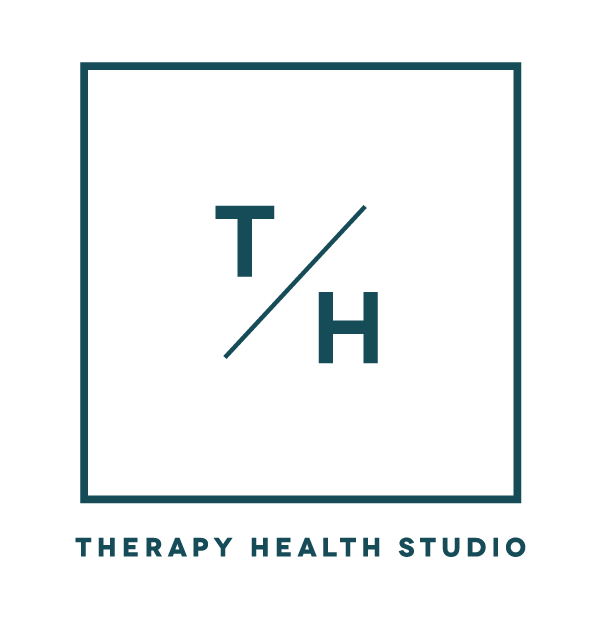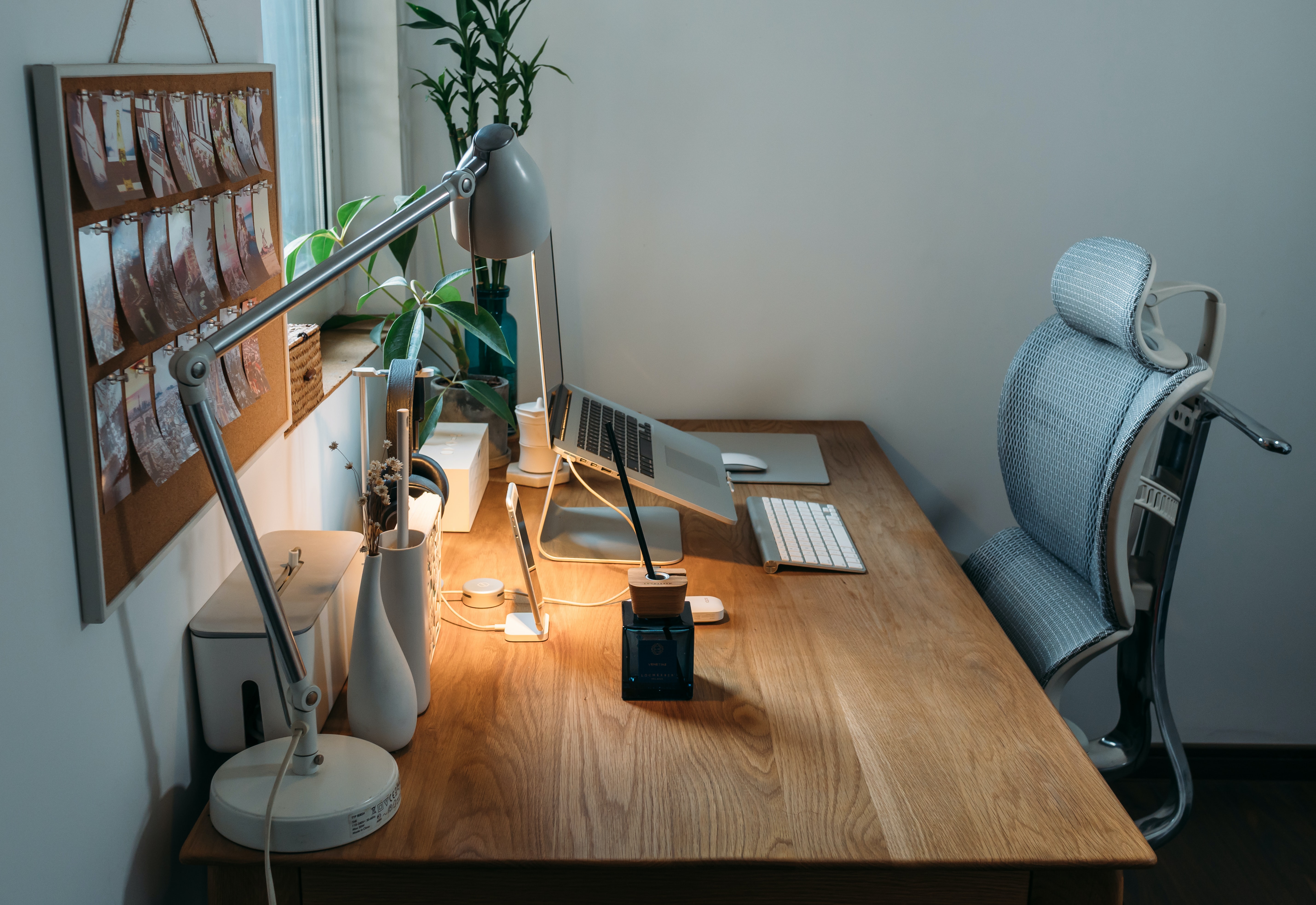
Having symptoms of back pain? You’re probably looking for relief! You may be wondering, who should to see for treatment? A Chiropractor, Physiotherapist or a Massage Therapist?
With each profession, your therapists main goal will always be working towards relieving your back pain and helping you feel better. So whomever you choose, you should find some relief. Though there are differences between how each profession approaches treatment. So it can be helpful to know some basics about each practice, as you decide which therapy might be the right fit for you.
What do Chiropractors do?
Most people know that Chiropractors are experts when it comes to joint and alignment issues, which can constitute a lot of the causes of common back and neck pain as well as nerve impingement problems.
Chiropractic treatment sessions are generally quick and efficient, lasting from 15 to 30 minutes in duration. They provide detailed assessment of your biomechanics while using orthopaedic testing to form a diagnosis of what they see happening, followed up by a treatment plan.
Chiropractors commonly incorporate high velocity joint adjustments (meaning the use of a firm thrust to the joint correcting its alignment) or low velocity joint manipulations (where joints are manually challenged to increase mobility without the Chiropractic thrust). You may also experience soft tissue and myofascial work with more direct massage or machine assisted treatment such as Shock Wave Therapy. At times, prescriptions of supplement support options may be suggested to further enhance your treatment outcomes.
Depending on the depth of your presenting issue, multiple sessions may be required to improve your overall results and help for more longer term healing,
Common modalities used in Chiropractic care:
- Orthopaedic testing
- Remedial exercise prescriptions
- Clinical Diagnosis
- Manual and instrument assisted soft tissue release
- Diagnostic X-ray imaging
- Joint adjustments and mobilizations (either by hand or using devices and tools)
- Machine assisted treatment such as Shock Wave Therapy + spinal traction
- Therapeutic exercise and postural re-training home care
- Lifestyle changes + possbile supplement suggestions
When should you consider choosing a Chiropractor?
- If you feel comfortable with receiving joint adjustments
- for quick and efficient treatment durations
- you like a more detailed assessment and are looking for a diagnosIs
- You would benefit from an exercise prescription
- You have postural and alignment issues
What does a Physiotherapist do?
Physiotherapists (PT”s) work to improve our overall movement and function of the body through a wide range of manual treatment and remedial exercises. Their focus is to provide informed care towards active rehabilitation and injury prevention of musculoskeletal + neurological problems as well as disease, disability and surgical recovery.
As with Chiropractors, PT’s utilize detailed orthopaedic testing, remedial exercise programs and have the ability to make a clinical diagnosis. Sessions are also generally quick and efficient lasting from 30 minutes up to an hour depending on their practice set up. It’s not uncommon that your PT will be seeing multiple clients at one time, so if you prefer a more one on one experience, seek out PT’s that offer that service.
Physiotherapy is excellent for acute care scenario’s and where a more in-depth recovery program is needed to fix the issue and contributing factors. As with Chiro and Massage Therapy, each PT has their own toolkit of learned modalities that they are trained to offer. This may include the use of machines and manual therapy from electrical stimulation, laser and ultrasound therapy to IMS + Acupuncture needling, therapeutic taping, targeted massage, pilates and select movement therapies. You should also expect to take an active roll in your sessions and recovery, with consistent home care exercises and multiple treatment sessions to strengthen, stretch and be treated.
Common modalities used in Physiotherapy care:
- Orthopaedic testing
- Remedial exercise prescriptions
- Clinical Diagnosis
- Manual and instrument assisted soft tissue release
- IMS (Inter Muscular Stimulation) dry needling and Acupuncture
- Electrical Stimulation Machines, laser, ultrasound therapy
- Therapeutic taping
- Movement therapy including Mackenzie Technique, Clinical Pilates and Personal Training
When should you consider choosing Physiotherapy?
- You have an acute injury
- Your injury was quite substantial and should be further assessed
- For quick and efficient treatment durations
- You would like a more detailed assessment and are looking for a diagnosIs
- You are willing to take an active roll in your recovery and follow detailed home exercise prescriptions
- You are comfortable with your therapist seeing multiple clients during your session time
What do Registered Massage Therapists do?
Registered Massage Therapists (RMT’s) provide an excellent outlet for the ongoing maintenance and relief from soft tissue problems. Through manual massage, myofacial techniques and more gentle mobilizations of tissues and joints. RMTs help to assist the body into better alignment and promote natural healing. There’s usually an increased focus towards compensatory issues, tension relief and calming the nervous system. Which makes massage therapy a helpful (and more enjoyable) modality to fill the gaps that Physio and Chiro sessions might have less time for. You may choose a duration of 30 to 90 minutes, of more hands on massage and one on one time.
RMT’s will commonly ask pointed question about your health history with emphasis on you daily habits, posture and movement to investigate what the best approach to your massage treatment will be and suggested home-care actions. At times, they may incorporate special testing and ROM assessment to better understand your presenting symptoms, and how to help you improve. A light home-care program may be suggested. Often including a more stretch based program, postural awareness, hot and cold therapy and light strengthening guidance.
When it comes to more acute injury, an RMT may work more on the conservative side, until there is a proper picture of a clinical diagnosis. They commonly refer out to Physiotherapists and Chiropractors and are happy to work alongside other health professionals, helping to fill in the gaps and also take direction as too what would compliment a diagnosis by an MD, PT or Chiropractor.
Common Modalities used in Massage Therapy care:
- Soft tissue mobilization
- Myofacial release
- Joint mobilizations
- Trigger point and Active Release Techniques (ART)
- Muscle Energy Techniques (MET)
- Stretching
- Hot and Cold therapy
When should you consider choosing Registered Massage Therapy?
- You have ongoing issues or flare ups that require maintenance
- You have a previous diagnosis of your issue
- You enjoy longer treatment sessions with more one on one time with your therapist
- Your injury or pain is not severe or requiring MD care first
Chiropractors, Physiotherapists and RTM’s are all educated, licensed trained professionals. Providing safe, drug free treatment options for whatever life throws your way.
Still unsure who might be the right fit for you? Reach out and ask! Connecting with a clinic and asking questions is another great place to start.
Thinking Massage Therapy might be the right fit for you? Book with us and start your recovery!




 what we do
what we do 
 who we are
who we are 










